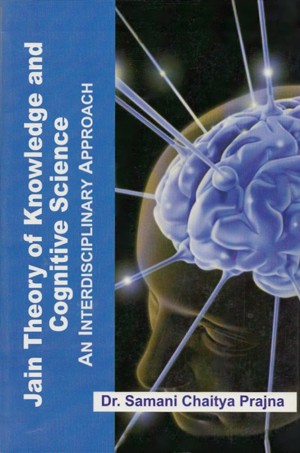Senses organs are technically called as indriya. Each one of the senses-indriyas is like indra called ahamendra, each one of them considers itself a master without distinction as described in Gommaṭasāra[6]:
īsaṁti ekkamekaṁ inda iva iṁdiye jāṇa /
'that each of which recognises itself as a master is indriya'
It is to emphasize that all the five senses are quite independent of each other performing their own exclusive function. For this reason they are compared to the ahamindra - the heavenly beings above the sixteen heavens, who have no superior master over them and who enjoy complete freedom. Each celestial being is his own master there, so the sense organ too being like ahamindra called indriya.
Alternately, when the karmas themselves are called indra, the living being wanders in the places of celestial, humans etc. because of fruition of self-earned karmas.
The senses are those which are formed through them. Thus, it can be concluded that the root or the blue print of sense organs are present in karma as per Jainism, where as in science, it is present in genes. As in all other Indian" philosophies, the meaning and etymology of indriya has been given as 'Since like indra sense organs acquires and enjoys the prosperity of all kinds of objects (of perception), it is known as indriya. The ears, eyes, nose, tongue and skin are signs of indra and therefore are called indriya.[7]
 Samani Chaitya Pragya
Samani Chaitya Pragya

